
- Barnard's Star is the closest star to our sunjust 6 light years away. For decades, astronomers have been saying it could have a planet Now a planet has been found.
- There is at least one planet orbiting Barnard's Starconfirmed an international team of astronomers. The confirmed planet has about half the mass of Venus and orbits very close to its star, with a “year” lasting just three days.
- And there could be at least three more planets. orbiting Barnard's star. That's super exciting because Barnard's star is so close!
A planet confirmed for Barnard's star
Barnard's star is the closest single star to our sun, alone 6 light years far. (Yes, the Alpha Centauri system is closer. But it consists of at least two and probably three stars.) Despite being so close – and despite decades of speculation – astronomers had not yet confirmed a planet orbiting Barnard's Star. . But now we know he has at least one. An international team of astronomers using the European Southern Observatory's Very Large Telescope (VLT) in Chile saying on October 1, 2024, they have confirmed a planet about half the mass of Venus. The planet, named Barnard b, completes an orbit around the red dwarf star in just 3.15 Earth days.
the researchers published he peer reviewed discovery in the magazine Astronomy and Astrophysics on October 1, 2024.
Barnard's star in popular culture
Why is a planet so interesting for Barnard's star? The star is near. And he is single, like our sun. As early as the 1960s and 1970s (long before successful planet hunters like the Kepler spacecraft) it had been suggested that Barnard's Star might have a family of planets. At the time, reported discrepancies in the star's motion led to claims that at least one Jupiter-sized planet, and possibly several planets, orbited it. But later evidence disputed the claim.
Then, in November 2018, an international team of astronomers announced that they were “99% confident” that A planet has been found for Barnard's Star.. However, that discovery also seemed to evaporate when, in 2021, additional work disproved the existence of this planet.
The old rumor about Barnard's Star planets secured this star's place in science fiction. It appears, for example, in The Hitchhiker's Guide to the Galaxy by Douglas Adams; Rama's Garden by Arthur C. Clarke and Gentry Lee; and several physics novels Robert L. Go ahead. In these works, the fictional planets of Barnard's Star are sites for early colonization or way stations for deeper exploration of the cosmos.
Barnard's Star was also the hypothetical target of Daedalus Projecta design study by members of the British Interplanetary Society, in which they imagined an interstellar ship that could reach its destination within a human lifetime.
And Barnard's star has appeared in online games.
Clearly, Barnard's Star captures people's imagination!
How they confirmed the new planet
Astronomers had made a tentative detection of a small planet around Barnard's Star back in 2018, orbiting once every 233 days, but it was never confirmed. Astronomers highlight that the newly discovered exoplanet is No The same as the 2018 candidate.
The discovery comes after five years of observations with the Very Large Telescope at the Paranal Observatory in Chile. The new observations were worth it, these astronomers said. Main author jonay gonzalez hernandez at the Institute of Astrophysics of the Canary Islands in Spain, explained:
Although it took us a long time, we were always sure we could find something.
Astronomers were looking for possible planets on or near the planet. living area around Barnard's star. That is the distance where temperatures could allow liquid water to exist.
These planets are easier to find around red dwarf stars (and in fact appear to be common) since those stars are less bright than stars like our sun.
Discovery of the first known exoplanet in orbit Barnard's star. Video via THAT.
It's hot, hot, hot!
However, Barnard b is too close to its star to be habitable by Earth standards. It orbits its star 20 times closer than Mercury orbits the sun. It only takes 3.15 days to orbit the star. Although Barnard's Star is much cooler than the sun, it is still too close for comfort. Barnard b has an estimated surface temperature of 260 degrees Fahrenheit (125 C). As Hernandez noted:
Barnard b is one of the lowest-mass exoplanets known and one of the few known with a mass less than Earth. But the planet is too close to the host star, closer than the habitable zone. Even if the star is about 2,500 degrees cooler than our sun, it is too hot there to maintain liquid water on the surface.
The researchers used an instrument on the telescope called ESPRESSO to find the planet. ESPRESSO detects exoplanets using the radial velocity method. In this method, a telescope measures the small “wobble” a star makes when the planets' gravity pulls on it. Additionally, three other instruments elsewhere helped confirm the planet's existence: HARPS at ESO's La Silla Observatory, HARPS-N and CARMENES.
Animation of a sub-Earth mass planet in orbit Barnard's star. Video via THAT/ M. Kornmesser.
More planets?
Interestingly, there may also be more planets in the Barnard star system. The research team found signs of at least three more planets orbiting Barnard's Star. These, however, will require more observations to confirm if they are indeed planets. Co-author Alejandro Suárez Mascareñoalso at the Institute of Astrophysics of the Canary Islands, said:
Now we need to continue observing this star to confirm the other candidate signals. But the discovery of this planet, along with other previous discoveries like Proxima b and d, shows that our cosmic backyard is full of low-mass planets.
the paper fixed:
Confirming the presence of a compact system of four planets orbiting Barnard's Star, similar to other planetary systems orbiting nearby stars, would require many more ESPRESSO observations.
The discovery, along with other planets, both small and large, around other nearby stars, shows that smaller rocky worlds are common in our galaxy. Could any of them sustain life? We don't know yet, but the more we find, the closer we get to answering the long-standing question: “Are we alone?”
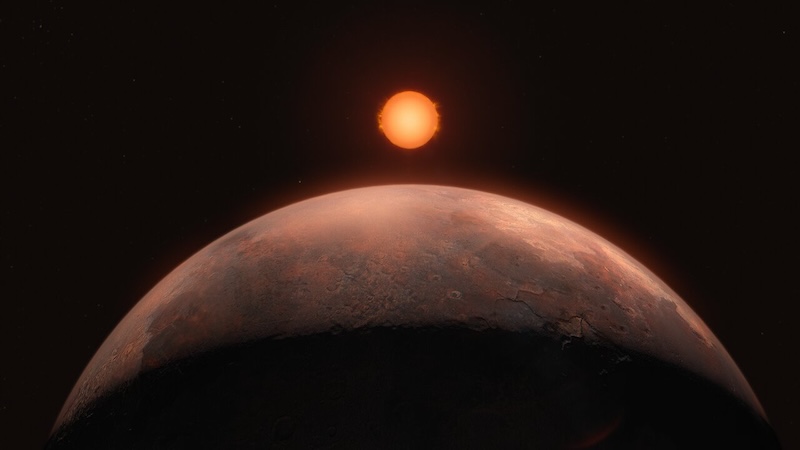
Bottom line: Astronomers have confirmed a small exoplanet orbiting Barnard's Star, the closest star to our sun. There are also signs of at least three more planets.
Source: A sub-Earth mass planet orbiting Barnard's Star
Read more: The enduring mystique of Barnard's star
Read more: Primitive life on Barnard's Star?







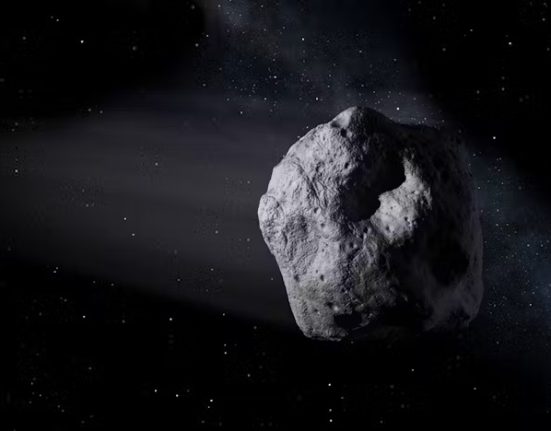
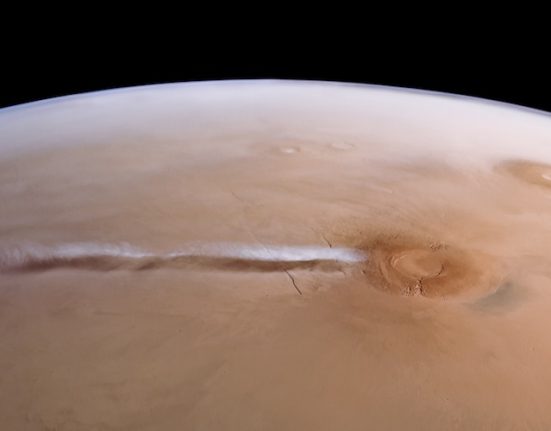
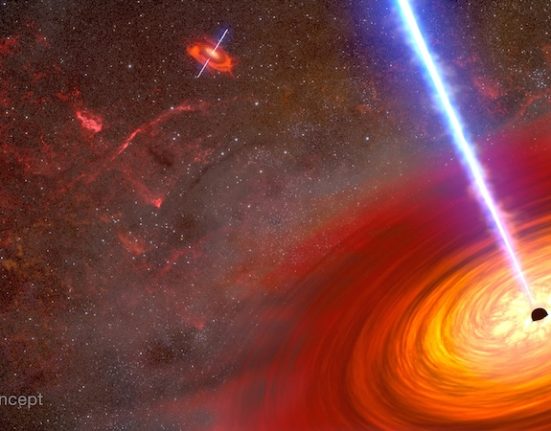
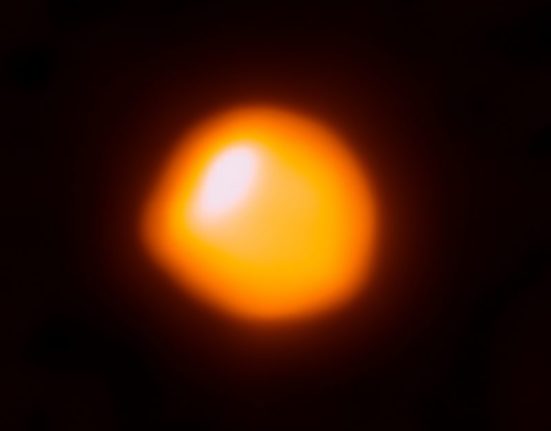

Leave feedback about this